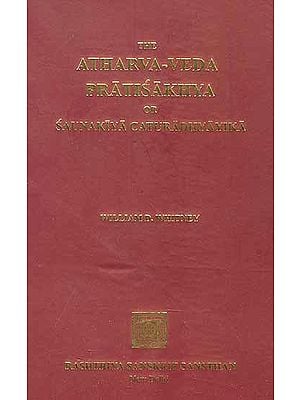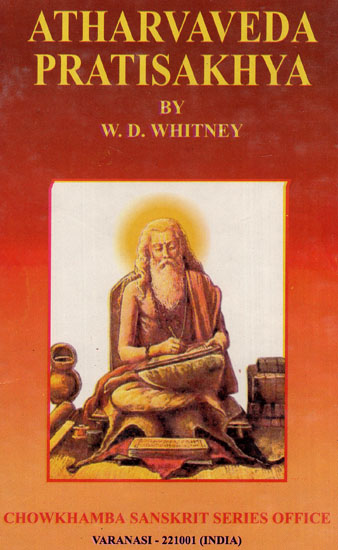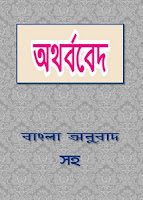

Kandas 8-12 constitute early speculation on the nature of the universe and of humans as well as on ritual and are thus predecessors of the Upanishads. The Shaunakiya text is clearly divided into four parts: Kandas 1-7 deal with healing and general black and white magic that is to be applied in all situations of life, from the first tooth of a baby to regaining kingship. It is conjectured that the core text of the Atharvaveda falls within the classical Mantra period of Vedic Sanskrit at the end of the 2nd millennium BCE - roughly contemporary with the Yajurveda mantras, the Rigvedic Khilani, and the Samaveda. The former contains an important reference to Saunaka, the founder of the Shaunakiya shakha, while the latter is associated with the Paippalada shakha. The most important of these are the mundaka and the prasna Upanishads. Several Upanishads also are associated with the AV, but appear to be relatively late additions to the tradition. This serves the same purpose as the vidhana of the Rigveda and is of great value in studying the application of the AV text in Vedic times. The Vaitanasutra deals with the participation of the Atharvaveda priest (brahmán) in the Shrauta ritual, while the Kausikasutra contains many applications of Atharvaveda mantras in healing and magic. Two main post-Samhita texts associated with the AV are the Vaitana Sutra and the Kausika Sutra. Samhitavidhi, Santikalpa and Naksatrakalpa are some of the five kalpa texts adduced to the Saunakiya tradition and not separate schools of their own. Often in corresponding hymns, the two recensions have different verse orders, or each has additional verses not in the other. Both have some later additions, but the core Paippalada text is considered earlier than most of the Saunakiya. Of these, only the Saunakiya (AVS), present in Gujarat, and the Paippalada (AVP) recension in coastal Orissa have survived. The Caranavyuha (attributed to Shaunaka) lists nine shakhas, or schools, of the Atharvaveda: paippalada, regions south of the Narmada River, stauda, mauda, saunakiya, regions north of the Narmada River, jajala, jalada, kuntap, brahmavada, devadarsa and caranavaidya. An early text, its status has been ambiguous due to its magical character. The largely silent Brahman priest observes the procedures of the ritual and heals it with two mantras and pouring of ghee when a mistake occurs. The Atharvaveda is less predominant than other Vedas, as it is little used in solemn (Shrauta) ritual.

It incorporates much of the early traditions of healing and magic that are paralleled in other Indo-European literatures. The Atharvaveda, while undoubtedly belonging to the core Vedic corpus, in some ways represents an independent parallel tradition to that of the Rigveda and Yajurveda. There are two surviving recensions (sakhas), known as Saunakiya (AVS) and Paippalada (AVP). Additionally, tradition ascribes parts to other rishis, such as Kausika, Vasistha and Kasyapa. In the Late Vedic Gopatha Brahmana, it is attributed to the Bhrigu and Angirasa. According to tradition, the Atharvaveda was mainly composed by two groups of rishis known as the Atharvanas and the Angirasa, hence its oldest name is Atharvangirasa. "The Atharvaveda (a tatpurusha compound of atharvan, an ancient Rishi, and veda, meaning knowledge) is a sacred text of Hinduism and one of the four Vedas, often called the fourth Veda.

ATHARVA VEDA BOOK PDF
Visit Downloads Page for Link to download this E-Book as a PDF File.Īcknowledgement: We are thankful to Veda Prasar Samiti, Chennai for providing the pdf files of Vedas in Devanagari script to us.


 0 kommentar(er)
0 kommentar(er)
